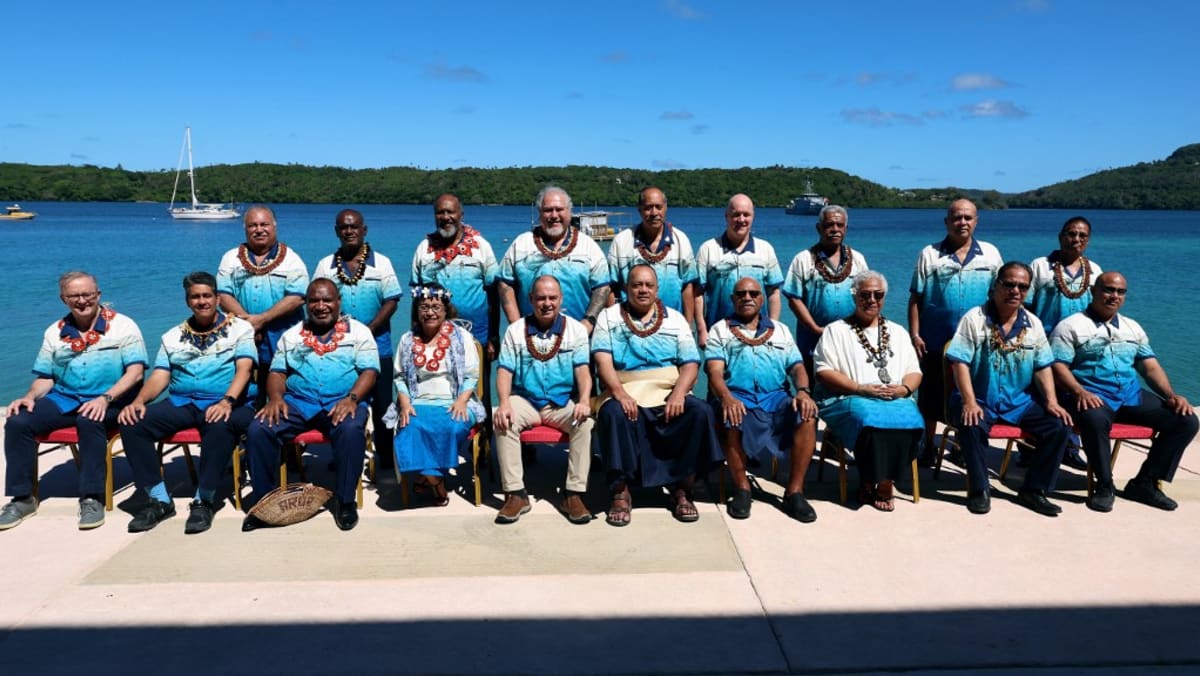One tool was to strengthen overlapping minilateral alliances, such as AUKUS and the Quad. Others were newly created, such as the Indo-Pacific Economic Framework for Prosperity (IPEF).
After the shock of the China-Solomon Islands security deal in May 2022, the Biden administration increased its diplomatic and economic engagement with Pacific Island countries. President Joe Biden twice hosted Pacific Island Forum (PIF) leaders at the White House for US-Pacific Summits in 2022 and 2023. The US also announced the US-Pacific Partnership Strategy, a roadmap for strengthening cooperation.
Over the past four years, there have been an unusual number of high-level political visits to Pacific Island countries, including visits by Secretary of State Antony Blinken, Vice President Kamala Harris, and Defence Secretary Lloyd Austin, who was in Fiji in early December. The Biden administration also increased its diplomatic presence, opening embassies in Tonga, Kiribati, Vanuatu and Solomon Islands, and a US Agency for International Development (USAID) office in Fiji.
After aid cuts in the years before, Biden announced a US$810 million aid package over 10 years, including US$130 million for climate change projects. This funding still has not received full congressional approval and its future under Trump 2.0 remains unclear.
In March, Biden renewed the Compact of Freely Associated States (COFA), announcing an unprecedented package of US$7 billion over 20 years for the Marshall Islands, Palau and the Federated States of Micronesia. The US has a long-standing special relationship with these three strategic countries in the Western Pacific, which receive the lion’s share of US Pacific aid and investment. COFA will continue to allow the US to provide defence, deploy forces and operate bases there.
